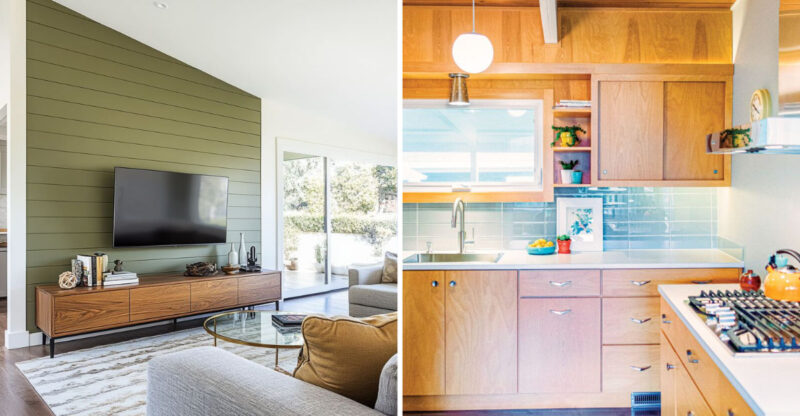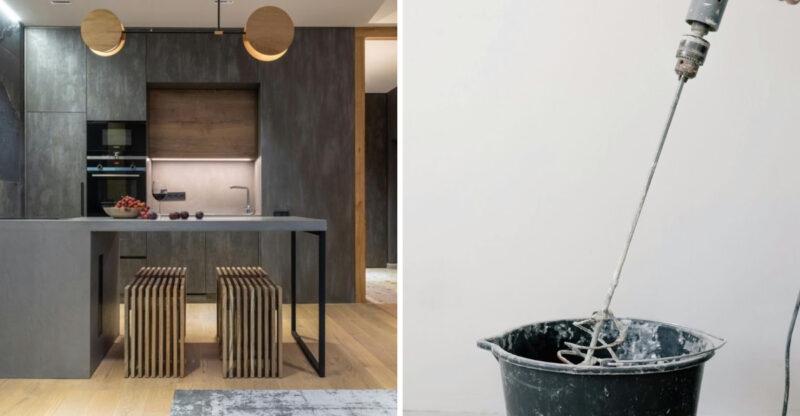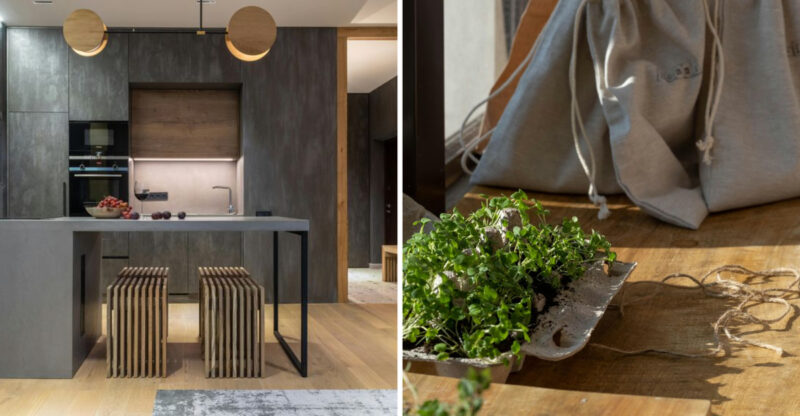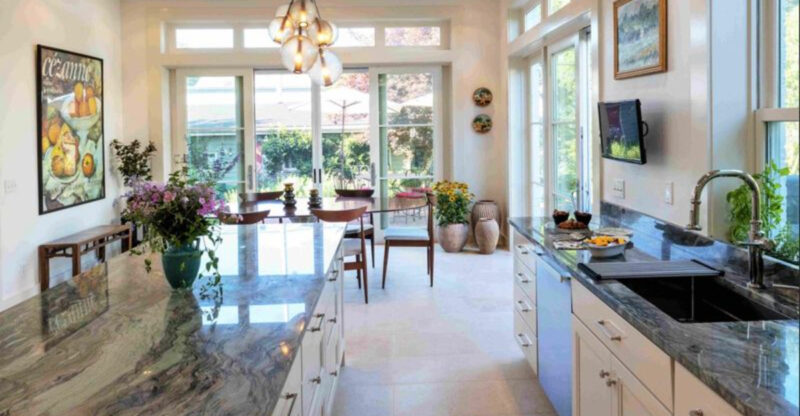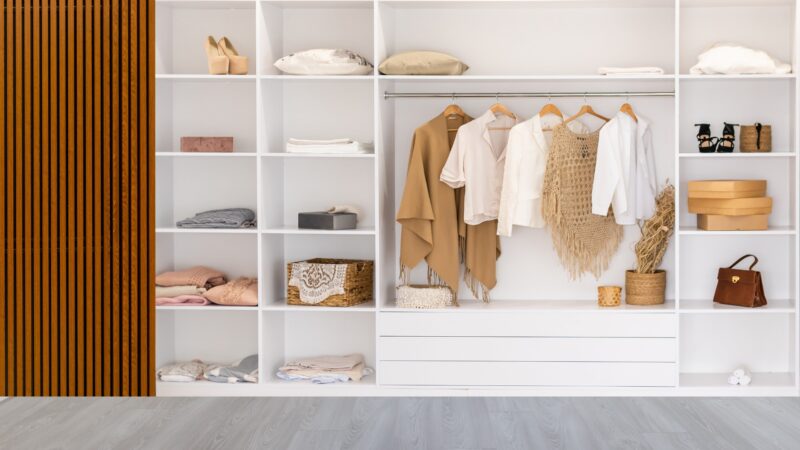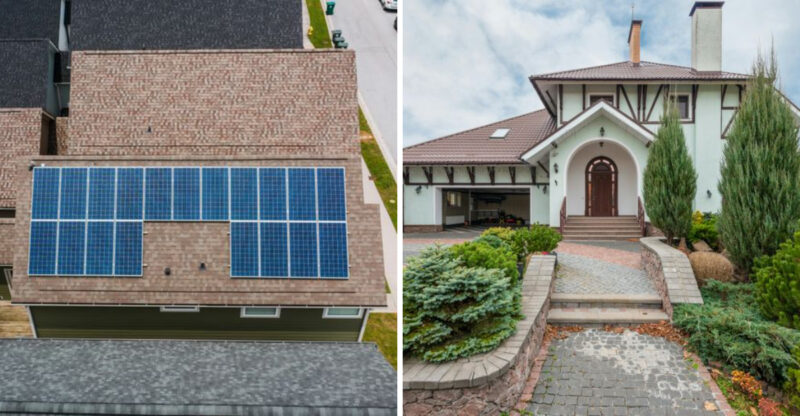Florida Friendly Improvements To Keep Mold From Spreading
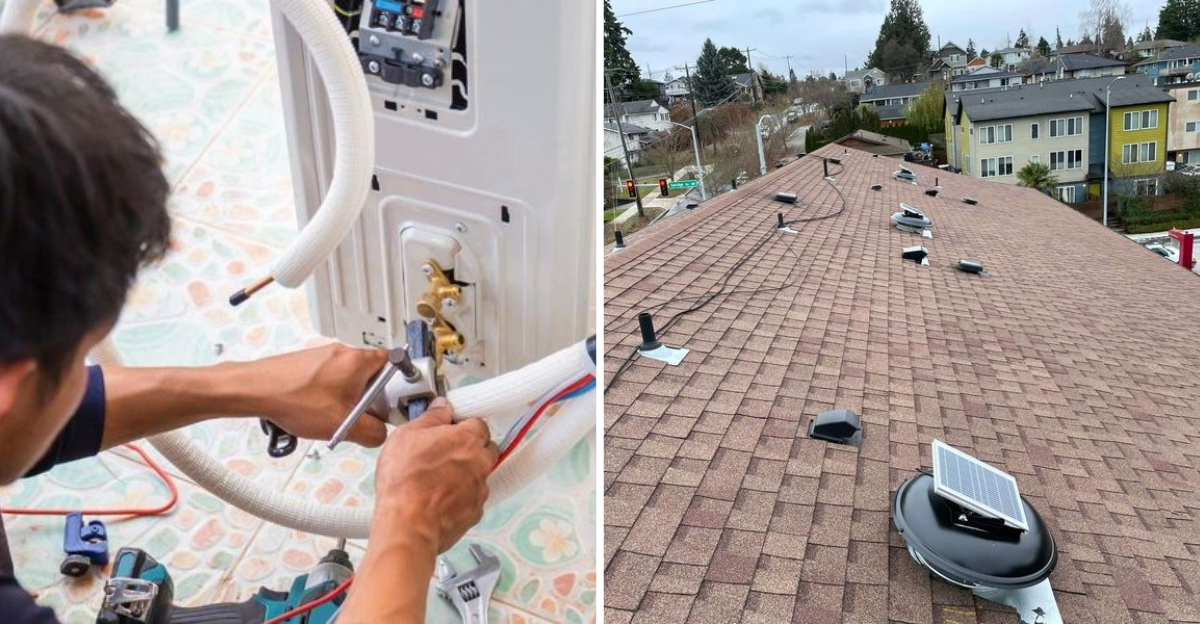
Living in Florida means battling high humidity and frequent rain, creating perfect conditions for mold growth in our homes.
This unwelcome guest not only damages property but can trigger allergies and respiratory problems. I’ve discovered some practical improvements that help keep mold at bay in our unique Florida climate, saving both your health and your wallet from unnecessary strain.
1. Install Whole-House Dehumidifiers
Whole-house dehumidifiers are game-changers for Florida homes. They work alongside your AC system to pull excess moisture from the air throughout your entire house, not just in single rooms.
I installed one last summer and immediately noticed the difference my windows stopped sweating and that musty smell disappeared within days. The unit connects to your existing ductwork and can remove up to 90 pints of water daily.
Though the upfront cost ranges from $1,500-$2,500 installed, the protection it provides against mold damage and improved air quality makes it worth every penny. Plus, your AC won’t have to work as hard, potentially saving on energy bills.
2. Upgrade to Mold-Resistant Drywall
Mold-resistant drywall contains fiberglass facing instead of paper, eliminating mold’s favorite food source. When renovating my bathroom last year, this upgrade proved invaluable during our hurricane season.
The special green or purple boards might cost about 10-15% more than standard drywall, but they’re particularly effective in bathrooms, laundry rooms, and kitchens where moisture levels typically run high. Some brands even include antimicrobial additives that actively fight mold growth.
If you’re not ready for a full renovation, consider replacing just the most vulnerable areas. During installation, make sure to use mold-resistant joint compound too otherwise, you’ll leave a weakness in your mold defense system.
3. Seal Concrete Floors and Foundations
Florida’s high water table means concrete floors and foundations frequently absorb moisture, creating perfect mold breeding grounds. Applying a quality concrete sealer creates an impermeable barrier that stops this moisture migration.
After sealing my garage floor, the difference was remarkable no more damp spots or that telltale musty odor. Epoxy sealers offer the best protection but require more preparation, while acrylic sealers are easier to apply yourself.
Don’t forget exterior foundation walls they need protection too! The process involves thoroughly cleaning surfaces, fixing cracks, and applying the sealer according to manufacturer instructions. This simple weekend project costs between $100-$300 for an average-sized garage but delivers years of mold protection.
4. Replace Carpet with Hard Flooring
Carpet acts like a sponge in Florida’s humid environment, trapping moisture and providing the perfect breeding ground for mold. Switching to tile, luxury vinyl plank, or laminate flooring eliminates this problem entirely.
When I replaced my bedroom carpet with waterproof vinyl plank, my seasonal allergies improved dramatically. Hard surfaces not only resist mold growth but are also much easier to clean thoroughly. Any spills or leaks can be wiped away before moisture seeps into subflooring.
Modern hard flooring options come in beautiful wood-look designs that stay cooler underfoot than carpet a bonus in our hot climate! Though installation costs more initially (averaging $3-$8 per square foot depending on material), you’ll save on repeated carpet cleaning and eventual replacement.
5. Install Bathroom Exhaust Fans
Bathroom exhaust fans are your first line of defense against shower steam that feeds mold growth. Many Florida homes have undersized fans or none at all, leaving moisture trapped in the most vulnerable room.
Look for models with at least 1 CFM (cubic feet per minute) capacity per square foot of bathroom space. My upgraded 110 CFM fan with humidity sensor automatically runs until moisture levels normalize no more forgetting to turn it off or on!
Make sure your fan vents properly to the outside, not just into the attic where it can create new mold problems. Adding a timer switch ensures adequate run time even after you leave. This $150-$300 investment (plus installation) protects thousands in potential mold damage repairs.
6. Apply Mold-Inhibiting Paint
Mold-inhibiting paint contains antimicrobial additives that actively prevent mold from taking root on your walls and ceilings. This special formulation costs only slightly more than standard paint but adds significant protection in Florida’s humid climate.
After repainting my laundry room with this specialized paint, those stubborn black spots that kept returning near the ceiling haven’t reappeared. The key is proper surface preparation clean existing mold completely with a bleach solution and ensure the surface is fully dry before applying.
These paints work best in conjunction with other moisture control methods. They’re particularly effective in bathrooms, kitchens, and other high-humidity areas. Most major paint brands now offer mold-resistant options, making this an easy improvement during your next painting project.
7. Fix Leaky Plumbing Promptly
Even tiny plumbing leaks create perfect conditions for mold growth in Florida homes. That slow drip under your sink might seem harmless, but in our humid climate, it’s an invitation for mold to flourish.
I learned this lesson after finding black mold behind my kitchen sink cabinet from a connection that had been leaking for months. Now I keep leak detector strips (about $10 for a pack) in cabinets to alert me to problems before they cause damage.
Check all visible pipes monthly for signs of moisture, paying special attention to supply lines, drain connections, and toilet bases. When you do find leaks, repair them immediately even a 24-hour delay gives mold spores time to establish colonies in our warm, humid environment.
8. Improve Attic Ventilation
Florida attics can reach scorching temperatures, creating a perfect storm for mold when warm air meets cooler surfaces. Proper ventilation balances airflow, preventing moisture condensation that leads to mold growth.
Adding ridge vents along with soffit vents creates natural convection that pulls hot, humid air out of your attic continuously. My electric bill dropped noticeably after improving my attic ventilation last year, and those mysterious ceiling stains haven’t returned.
For older homes, consider power attic ventilators that forcefully extract hot air. The rule of thumb is 1 square foot of ventilation per 300 square feet of attic space. This improvement costs $300-$1,000 depending on your home’s size and current ventilation, but prevents thousands in potential mold damage and improves overall energy efficiency.
9. Maintain Your AC System Regularly
Your air conditioner does double duty in Florida cooling your home while removing moisture from the air. When it’s not functioning properly, humidity levels rise dramatically, creating ideal mold conditions.
Quarterly filter changes aren’t enough in our climate. I clean my condensate drain line monthly with vinegar to prevent clogs that can cause water damage and humidity spikes. Professional maintenance twice yearly ensures your system removes maximum moisture while operating efficiently.
Make sure your AC is properly sized for your home oversized units cool quickly but don’t run long enough to dehumidify effectively. If your home feels cool but clammy, consider adding a variable speed air handler that runs longer at lower speeds, removing more moisture. The $150-$300 annual maintenance cost prevents expensive repairs and mold remediation.
10. Install Moisture Barriers in Crawl Spaces
Crawl spaces are notorious mold breeding grounds in Florida homes. The soil naturally releases moisture that rises into your home, creating ideal conditions for mold growth in floor joists and insulation.
Heavy-duty polyethylene sheeting (6-mil minimum thickness) creates an effective barrier when properly installed over the entire ground surface. After adding this to my crawl space, the musty smell disappeared and my indoor humidity levels dropped measurably.
Ensure the barrier extends up the foundation walls several inches and seal all seams with waterproof tape. For maximum protection, consider encapsulation a complete system that includes sealed barriers, insulation, and sometimes a dedicated dehumidifier. This $1,500-$5,000 investment (depending on crawl space size) dramatically improves indoor air quality and structural protection.
11. Regrade Soil Away From Foundation
Improper grading around your foundation funnels rainwater toward your home instead of away from it, creating persistent moisture problems that lead to mold growth. Florida’s frequent heavy rains make this especially problematic.
The soil should slope away from your foundation at a rate of at least 6 inches over the first 10 feet. After regrading around my home, I noticed my crawl space stayed noticeably drier during our rainy season, and those mysterious basement wall stains stopped appearing.
This weekend project requires mainly sweat equity and possibly a few yards of fill dirt. Remove any mulch, add soil to create the proper slope, then replace landscaping. While you’re at it, ensure downspouts extend at least 5 feet from the foundation to prevent water from pooling near your home.
12. Use Mold-Resistant Bathroom Materials
Standard bathroom materials quickly become mold breeding grounds in Florida’s humidity. Switching to mold-resistant options creates an environment where mold struggles to establish itself.
Cement board backing for tile, porcelain or glass tile (instead of natural stone which is porous), and solid surface shower surrounds all resist mold growth. When renovating my guest bathroom, I chose a cultured marble vanity top instead of laminate, eliminating those black spots that always appeared around the sink.
Don’t forget smaller details silicone caulk with mold inhibitors, wall-hung toilets and vanities that eliminate floor seams, and shower niches made from single pieces of material rather than tile with grout lines. Though these materials typically cost 15-25% more, they dramatically reduce maintenance needs and extend the life of your bathroom.
13. Clean Gutters and Improve Drainage
Clogged gutters overflow during Florida’s heavy rains, saturating your foundation and creating perfect conditions for mold growth inside walls and crawl spaces. This often-overlooked maintenance task is crucial for mold prevention.
Quarterly gutter cleaning prevents blockages, while adding gutter guards (ranging from $1-$7 per foot) reduces maintenance needs. After installing them last year, I haven’t had to clean my gutters once, even after our massive oak trees dropped their leaves.
Don’t stop at clean gutters ensure downspouts direct water at least 5 feet from your foundation. Consider installing a French drain or dry well if you have areas where water pools near your home after rain. These drainage improvements typically cost $10-$20 per linear foot but provide crucial protection against moisture intrusion that leads to mold growth.
14. Seal Windows and Doors Properly
Leaky windows and doors allow Florida’s humid air to infiltrate your home, raising indoor humidity and creating condensation that leads to mold growth around frames and sills.
Weather-stripping deteriorates quickly in our climate and should be replaced annually. I discovered this after finding black mold around my bedroom window frame the old weather-stripping had completely failed. Silicone or vinyl types last longer than foam in our hot, humid conditions.
Caulk all exterior gaps around windows, doors, and where different materials meet (like where siding meets foundation). For older windows that sweat during humidity changes, consider window film that improves insulation or upgrading to impact windows with better seals. This simple maintenance costs just $20-$50 per year but prevents expensive mold remediation and improves energy efficiency.

